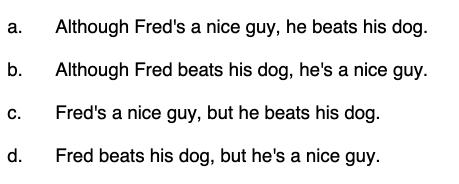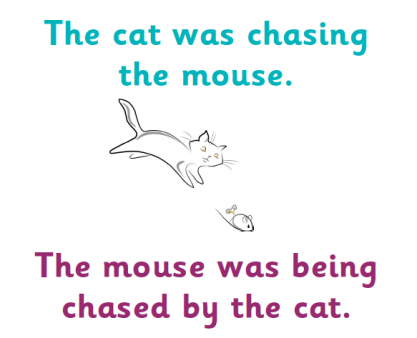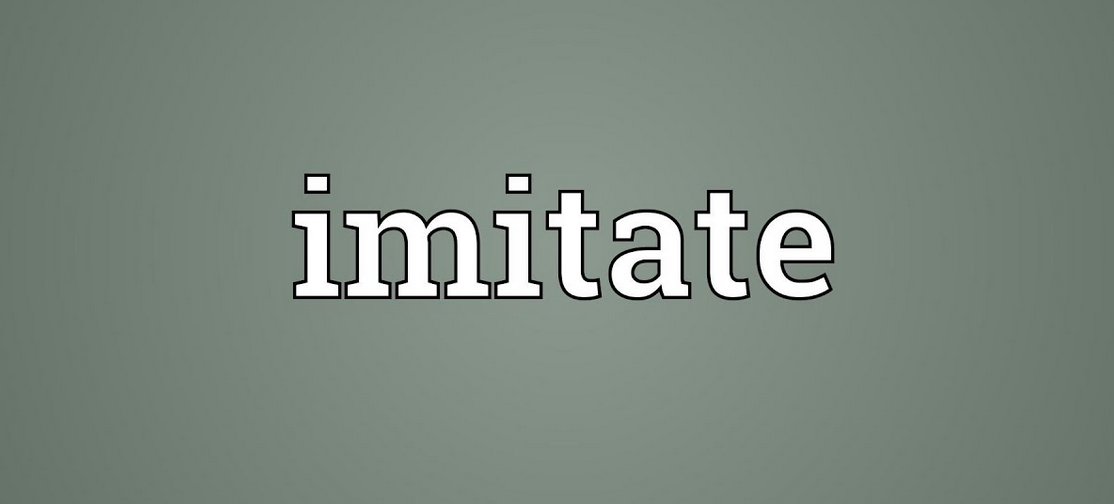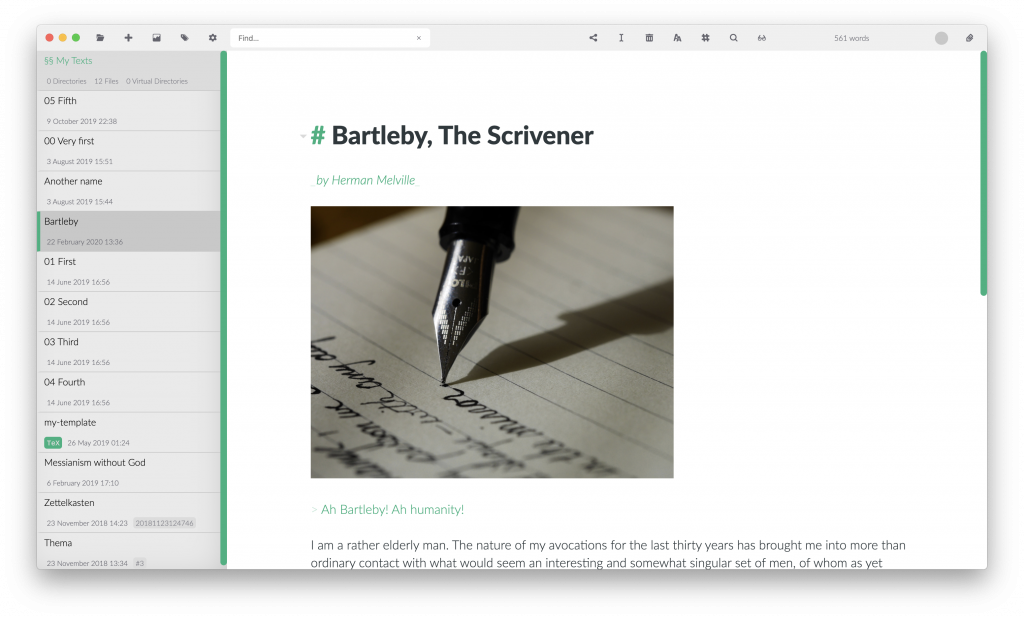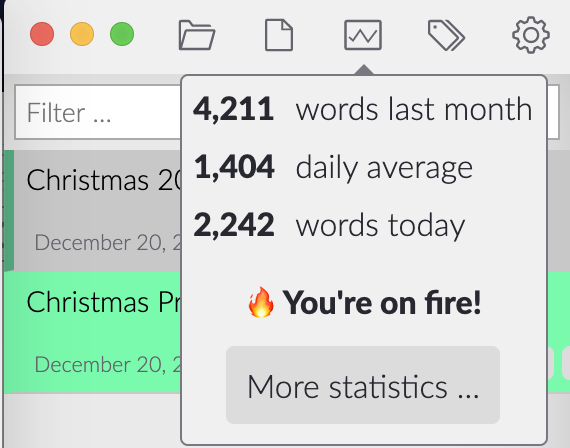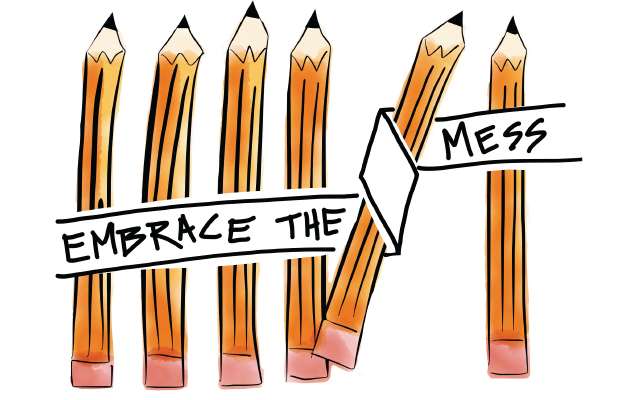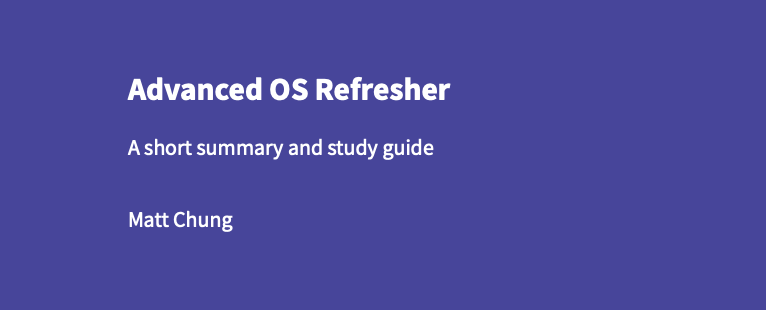While perusing Aaron’s Swartz’s blog, I stopped and read his post titled “Writing A Book: Part 2”. In this post, Aaron swoons over Ira Glass’s unparalleled storytelling skills. Wanting to learn more about Ira, I whipped out my iPhone, opened up my YouTube app, and loaded a (podcast) interview where Ira Glass shares his thoughts on “finding ones creative voice”. Along the way, I jotted down two memorable quotes.
Ira was not born an amazing story teller. Early on in his career (in his early 20s), he realized a gap existed between his current and future skills. And when asked what kept him moving forward, Ira Glass responded:
Just over the horizon
I feel like I could … imagine a thing … which didn’t exist, that was so much better than what I was doing. And … and it’s like it was just over the horizon. And … I didn’t have any other goals. Like, I really thought like I can’t do this now, and I’m not sure how you get to the point where you can do it. Um…and I think, I’m stubborn. And I act on faith.
The above quote deeply resonates with me, especially when it comes to my current writing abilities. I know — I feel — that I can produce good writing: cohesive; coherent; and beautiful. And like Ira, my writing skill gap lives just over the horizon: I just need to continue practicing, continue learning, and ultimately, continue producing large volumes of work. All that hard work, plus the two most essential ingredients: faith and luck.
No sign for talent
And when I hear what I was doing, I can see why. It wasn’t good. Years ago, one of our producers dug up one of those pieces. Because I said, “Oh, I did a piece on that, when I was 26”. And she just dug it up and she said “This is amazing. There was no sign that you have any talent for radio. There was no sign that you will ever turn into something good. At all.” And when I hear it, I hear the same thing: You can’t tell.
So just keep dancing with your craft and have a little faith. Not just in yourself, but in the universe. Because the time will come when luck will pay you a visit.

